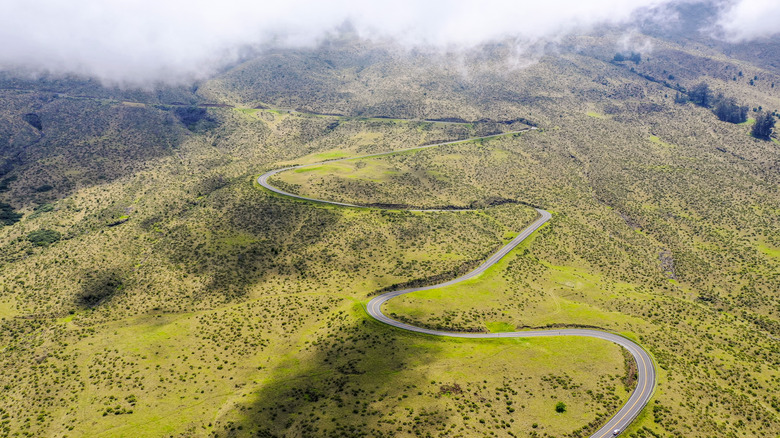Hawaii Soil Types
The warm tropical climate of the Hawaiian Islands, combined with the volcanic activity and resulting outpouring of new lava, have made the types of soils found there as varied as the islands themselves.
A Young Landscape
A Young Landscape
Less than 10 percent of the total land area of the Hawaiian Islands is covered by mature soil. Most of the state has little or no soil cover.
Soil Materials
Soil Materials
Hawaiian soils are created from a mixture of basaltic lava, volcanic ash, limestone from ancient corals and material deposits from water runoff.
Creating Salty Soil
Creating Salty Soil
The never-ending action of waves pounding the shoreline creates salt spray. When this evaporates, tiny bits of salt are carried to the land by the trade winds. If the land is in a rain shadow and remains dry, the excess salt in the soil can severely restrict plant growth.
Creating Prairie Soil
Creating Prairie Soil
On the Big Island of Hawaii and Maui, a reddish prairie soil suitable for grazing has been formed by volcanic ash on higher-altitude areas of the islands where the rainfall is less than 35 inches per year.
Developed Soils
Developed Soils
On the windward slopes of Oahu, Kauai, Maui and Hawaii, more developed reddish brown or yellow brown soils can be found; when fertilized, they provide a good base for crops. These areas have been used for pineapple and sugarcane production and tend to be high in iron.
Erosion
Erosion
The excessive rainfall on some parts of the islands, as well as high winds on exposed slopes and in the uplands, creates an excessive erosion problem in Hawaii. The effects of this erosion have been reduced by local farmers and ranchers adapting their husbandry methods to the local environment.
References
Cite This Article
MLA
Wachman, Monica. "Hawaii Soil Types" sciencing.com, https://www.sciencing.com/hawaii-soil-types-5608047/. 22 November 2019.
APA
Wachman, Monica. (2019, November 22). Hawaii Soil Types. sciencing.com. Retrieved from https://www.sciencing.com/hawaii-soil-types-5608047/
Chicago
Wachman, Monica. Hawaii Soil Types last modified March 24, 2022. https://www.sciencing.com/hawaii-soil-types-5608047/
